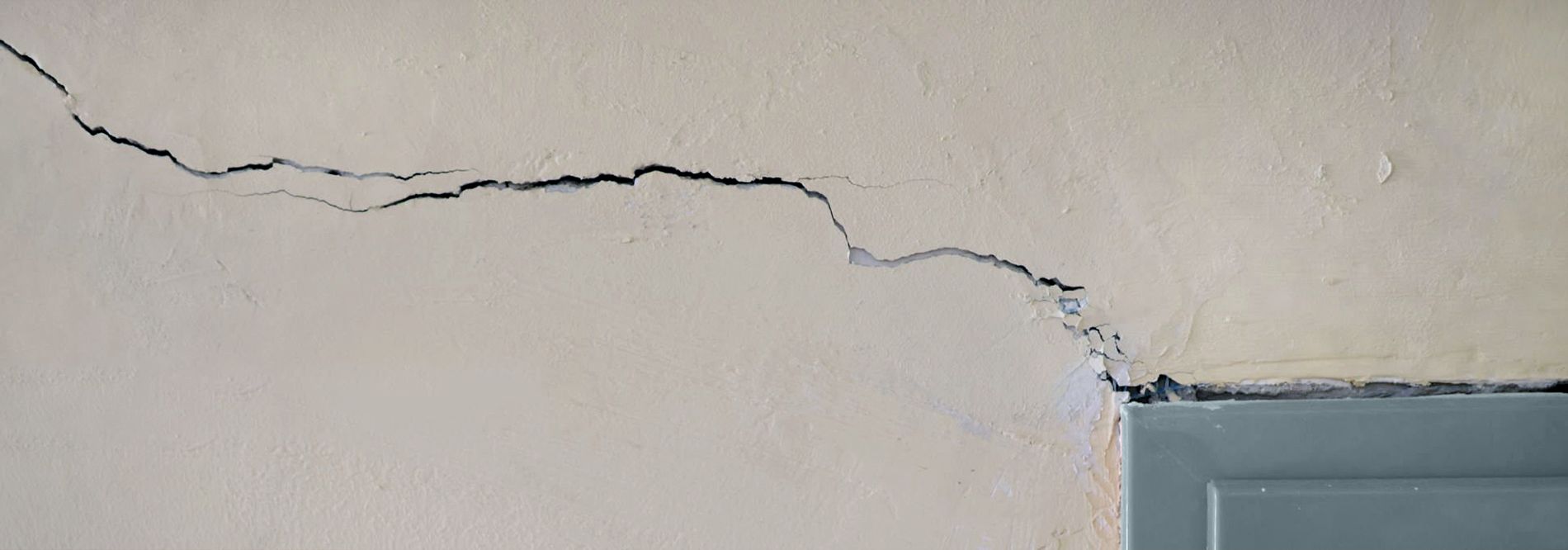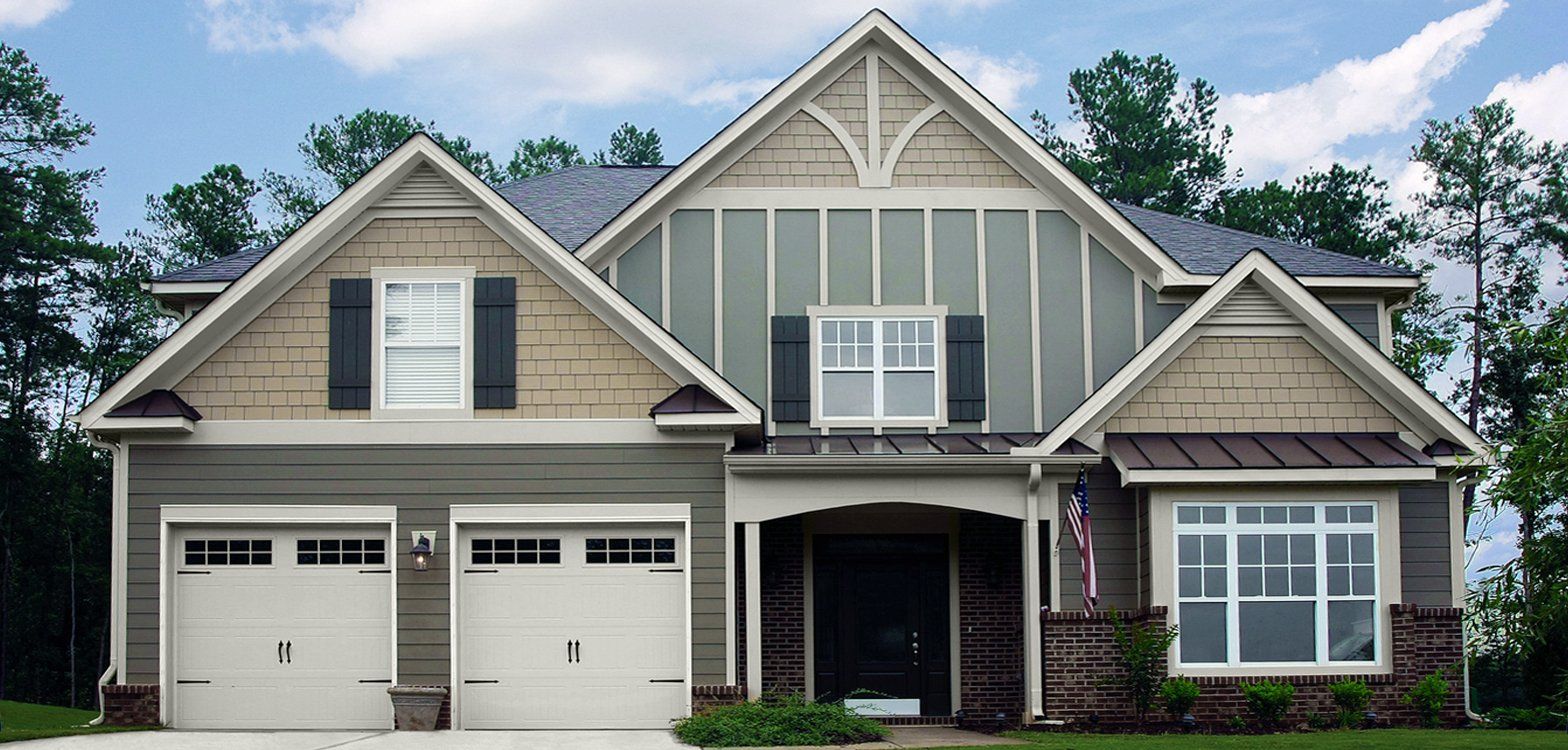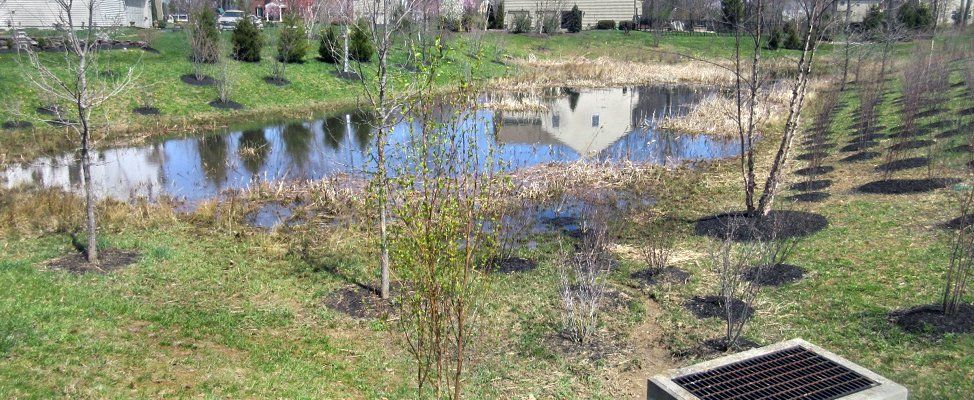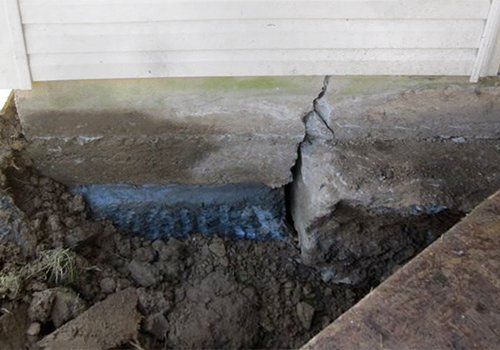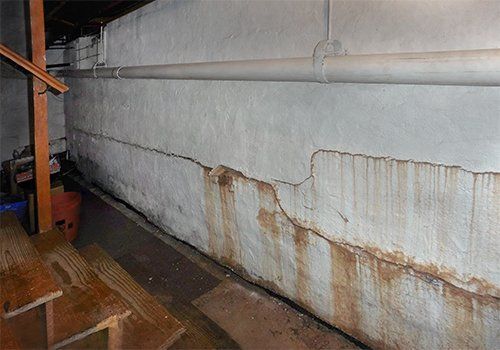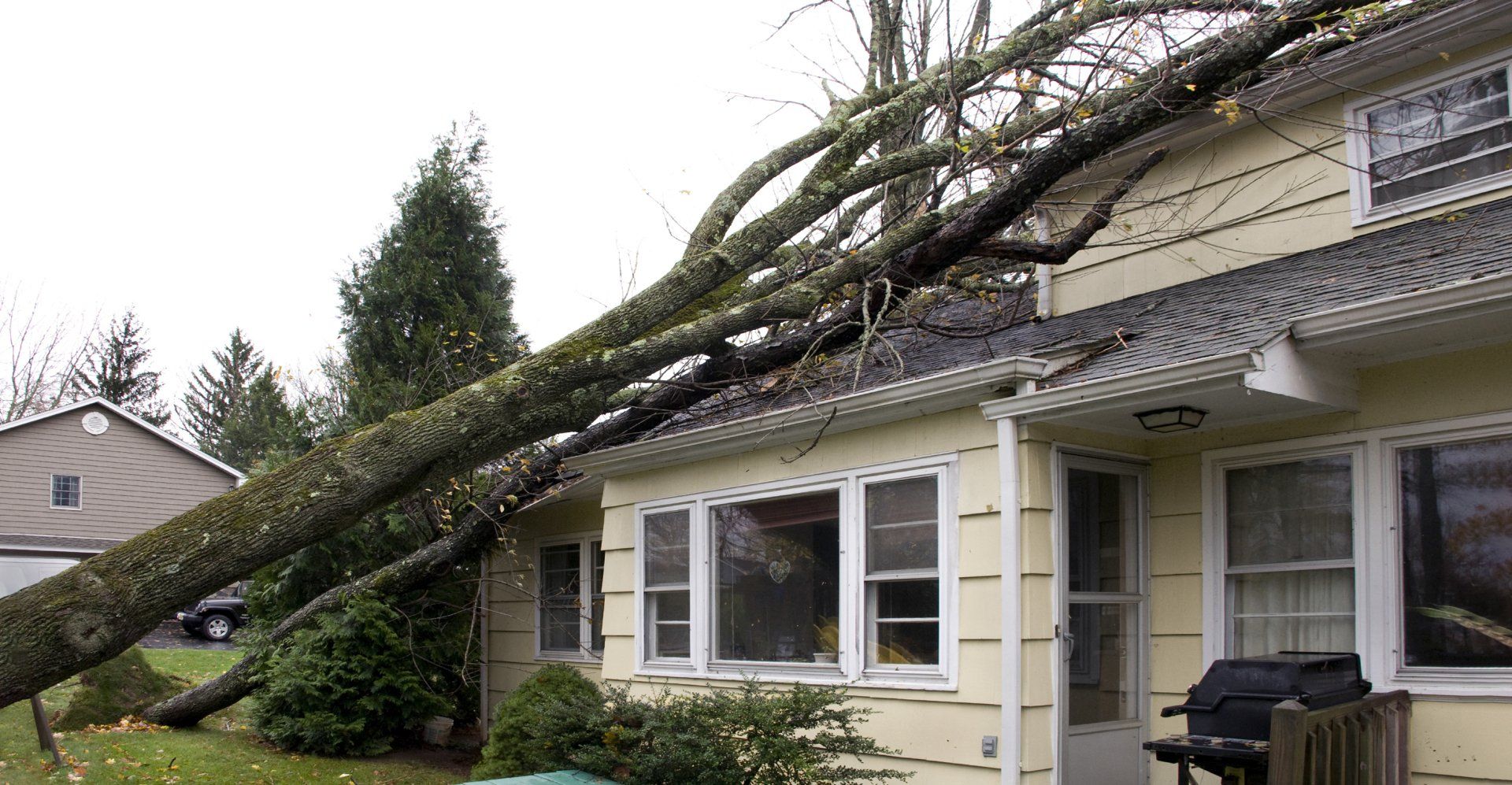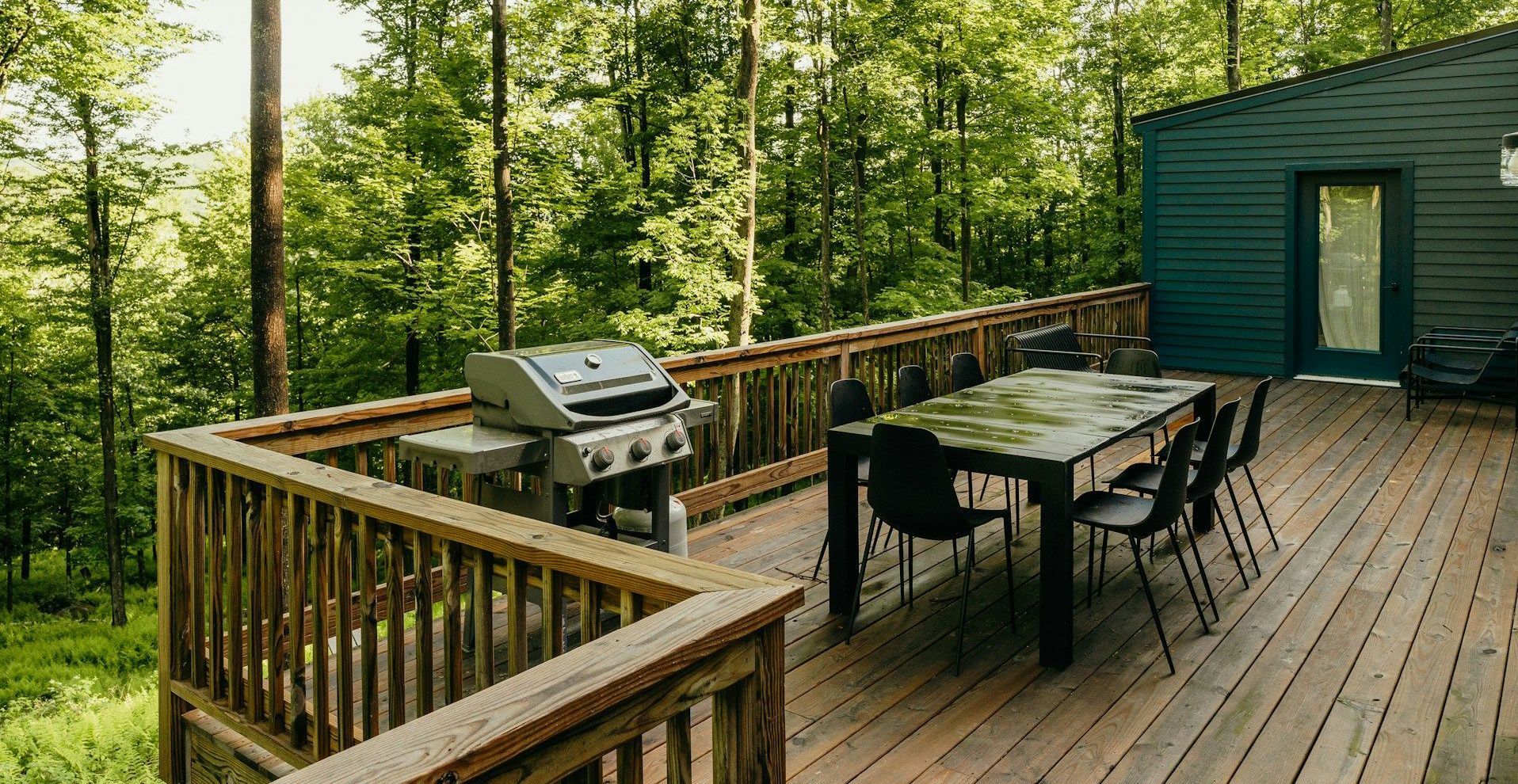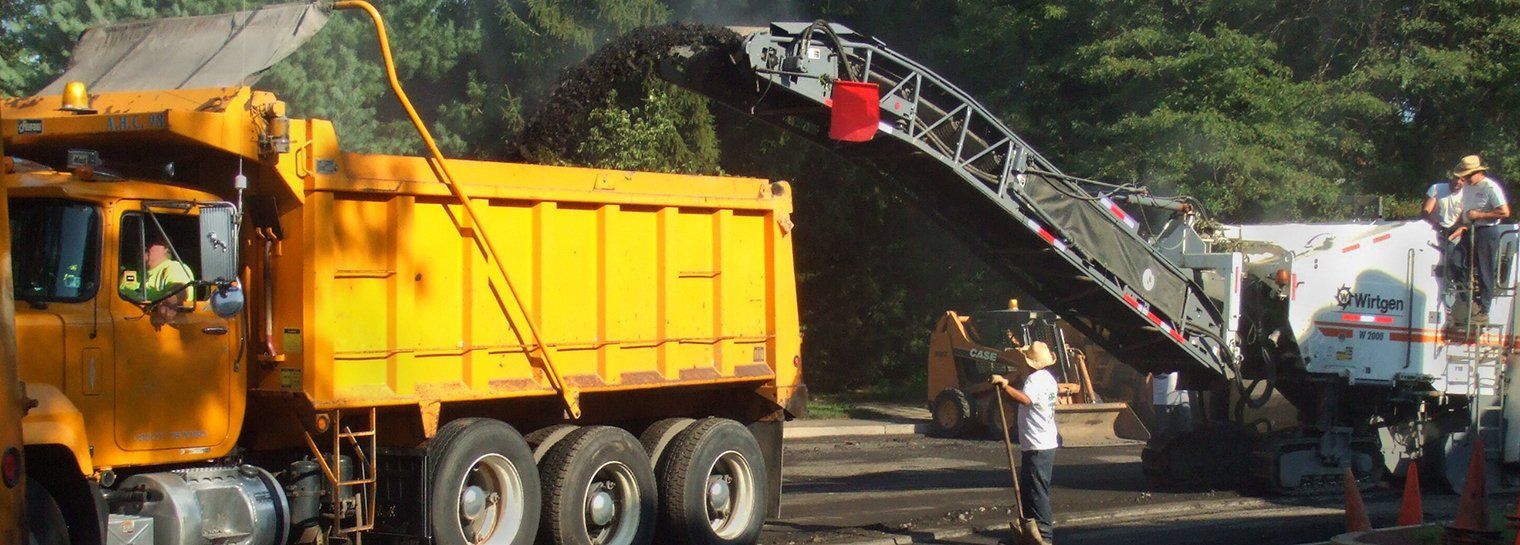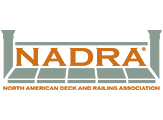Foundation Failures In Residential Homes - Part 1
Why Foundations Fail & How to Protect Them
When you invest in a home, you want to make sure that it remains structurally sound for many years to come. That is why it is important to look for signs that there may be foundation problems. Foundation issues can happen for many different reasons. Whatever has caused your residential foundation problem, it is vital to have the entire structure inspected by knowledgeable professionals. Because foundation problems can affect the entire home, the sooner they are properly diagnosed, the better.
Causes of Foundations Failure
Many foundation problems are caused by the movement of the soil surrounding and beneath a home. Throughout the year, the soil expands and contracts from changes in the moisture content and temperature levels. When this occurs, the foundation of your home could possibly shift and move as well.
Foundations fail when there is too much water or not enough. Some sections of the soil can become much drier or wetter than other parts. These inconsistencies can cause excessive stress on your home’s foundation. These variations in the soil generally result from:
- Excess Hydrostatic Pressure: Inadequate drainage on the exterior and interior of your foundation can cause excess moisture to build up in the soil around the foundation. This pressure may bring about soil heaving which pushes against the foundation walls, causing them to bow or lean inward. This problem can be caused by natural water runoff, extreme weather conditions or leaky plumbing or sewer pipes.
- Transpiration & Subsidence:
The soil dehydrates because large tree roots (or severe drought conditions) pull the moisture out of the soil. This loss of moisture causes subsidence where the soil shrinks and drops down. As it shrinks, there is a loss of support under the foundation which can lead to shifting and cracks.
Common Signs of Foundation Failure
The inward bowing of a basement wall is one indication of pressure. If bowing becomes severe, these walls can collapse inward. Cracking can occur when the pressure exceeds the strength of the concrete or block wall. With block walls, the cracks move along the mortar joints in a stair-step pattern. Often these cracks end at a long horizontal fracture that parallels the basement floor.
Foundation problems come in more forms than wall cracks and can also show up around the entirety of your home. If you are experiencing any of the foundation issues listed below, contact us right away to schedule our structural inspection and engineering design services:
- Foundation Settlement, Sinking & Crumbling, Chipping
- Basement Wall Cracks or Bowing
- Floor Cracks or Sloping Floors
- Wall Cracks, Gaps & Spaces
- Ceiling Cracks & Sags
- Stairs & Stoop Cracks or Tilting
- Brick & Masonry Mortar Problems
BUSTAMANTE ENGINEERS Can Help with the Uncertainty of Foundation Failure
An inspection with a structural engineer from BUSTAMANTE ENGINEERS will provide an assessment of your foundation problem, explanation as to why the problem has happened, and suggestions of how to fix the issue. This will save you time and money in the long run by fixing your foundation correctly the first time. LEARN MORE ABOUT FOUNDATION REPAIR SOLUTIONS...
For many of us, our home is the largest, most important investment we will make. Foundation problems can threaten that investment by causing serious structural damage that reduces a home’s value. If you wait too long, foundation problems can turn into foundation failure! Take advantage of our expertise by allowing us to
inspect and evaluate the structural conditions that are of concern.
Click to contact us or call 215-340-6990 to schedule a structural inspection right away.
SHARE CONTENT
Bustamante Blog
